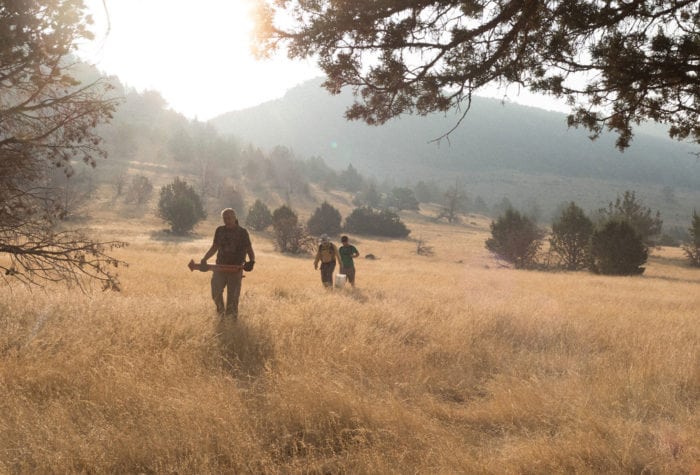The BLM is moving out of D.C.
The Bureau of Land Management has moved its offices from Washington D.C. to Grand Junction, Colorado – a move that former agency officials have called out as an attempt to weaken the voice of long-time BLM staffers who might provide a more balanced approach to land management across millions of acres that the BLM manages.
More on this issue:
BLM’s latest acting director doesn’t believe in public lands
The Trump administration’s move to appoint William Perry Pendley to the top policy position at the Bureau of Land Management came as yet another blow in its continued assault on public lands.
When he assumed the role of acting director of the BLM at the end of July, the announcement caused widespread alarm across the conservation community, particularly in Western states. As The Washington Post reported, “By placing Pendley in charge of the agency, Bernhardt has installed a longtime crusader for curtailing the federal government’s control of public lands.”
Last week, 11 Senators, including Senator Jeff Merkley of Oregon, wrote to Interior Secretary Bernhardt to request that Pendley’s appointment be terminated immediately, stating, “The American people deserve better.” Pendley’s initial 60-day tenure as acting chief formally ended on September 30, but Interior Secretary David Bernhardt extended Pendley’s time leading the bureau four months via a secretarial order.
More on this issue:
BLM drops conservation from resource management plans in several Western states
This summer, ONDA brought the deficiencies of the BLM’s Southeastern Oregon Resource Management Plan to our community’s attention and people weighed in – to the tune of 6,000-plus public comments urging for conservation in the Owyhee Canyonlands.
Resource management plans are the comprehensive documents that the BLM uses to guide how they will address issues on the landscapes they manage. Every two decades, the agency revises these management plans and sets forth several proposals in an effort to balance development and conservation and ensure that the management of these lands reflects the public’s interest.
In a move that alarmed conservationists across the country, the draft plans released in this cycle – covering more than 20 million acres in Alaska, Colorado, Idaho, Montana, and Oregon – significantly reduced protections that had been in place for decades and proposed minimal new safeguards for only a fraction of 1 percent of the areas.
If you think it’s important that Alaska Natives can continue to depend on the fish and wildlife that live in the Alaska Bering Sea-Western Interior region, or you’ve hiked among the pinyons and pines in the Uncompahgre Plateau in Colorado, then the BLM’s Resource Management Plans matter to you.
More on this issue:


